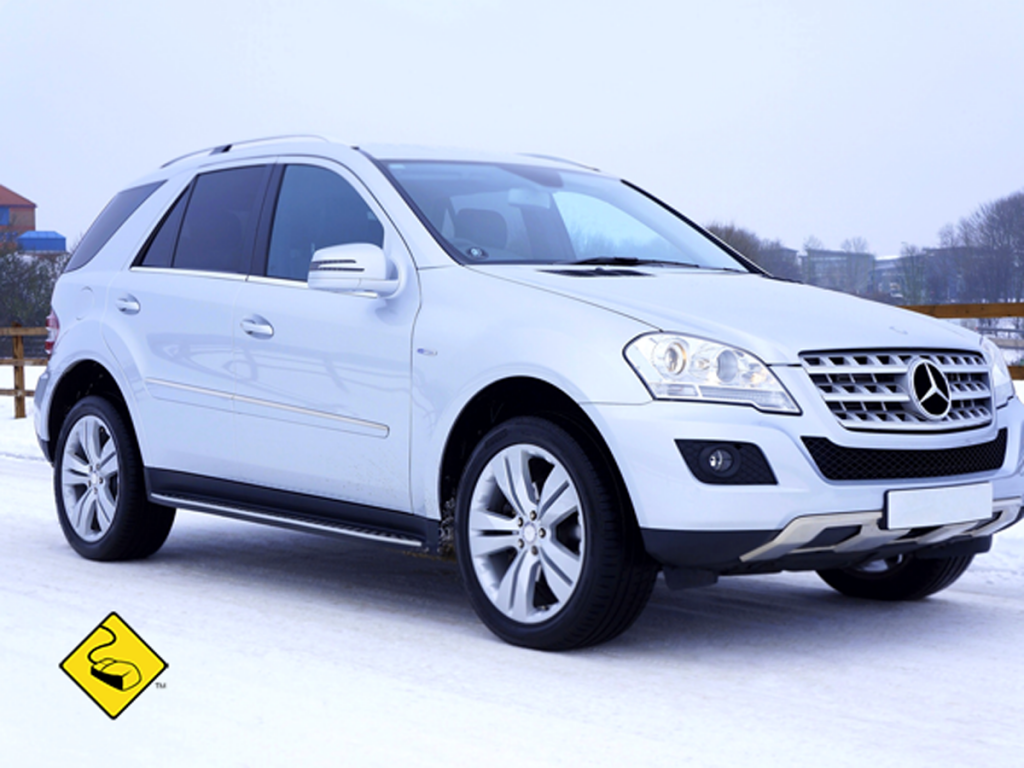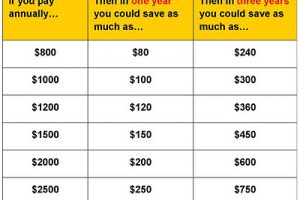Cold weather affects your car and driving in more ways than you expect. According to weather.com, though the lower half of the United States will enjoy daytime temperatures in the 60’s and 70’s, evenings for the entire country averages in the 30’s. Temperatures affect more than just your core temperature. Temperature affects your car and driving too.
Here are 4 ways cold temperatures can affect your car and driving this winter:

Tires and Driving
Let’s start where the rubber meets the road. Temperature and tire pressure are explicably linked. Tire pressure then affects your tire traction, your car handling and the durability of the tires we all spend a substantial amount of money on. If you live in a state that fluctuates between warm daytime and cold night time temperatures your tires will experience both expanding and contracting every day.
Colder weather temperatures make tires contract. Colder temperatures mark a time when you should check your tire pressure regularly. It is important to note that the best time to get tire pressure readings are in the morning before you drive off for your day. After driving for half an hour your tire pressure can increase slightly before stabilizing. The reason for this is that when driving the friction of your car tires meeting the road increases your tire pressure.
One important factor to consider is whether you park out in the elements or inside you garage. If you park in the elements during cold weather your tires can lose inflation pressure more so than if you park in a garage. Don’t ignore your tire pressure monitor light this winter.
Fuel and Fuel Economy
The following 5 pointers all contribute along with other factors, to poorer fuel economy in colder temperatures: (1) In cold weather your engine takes a longer time to reach optimal fuel-efficient temperatures, affecting your fuel economy when driving short distances; (2) Warming up your car before driving off in the morning consumes more fuel while the car idles in an effort to heat up; (3) Colder temperatures affect tire pressure. Lower tire pressure increases resistance while you drive resulting in more gas being used; (4) If you live in a colder state your traction gets affected and more energy is needed to propel your car during your drive; (5) All gas isn’t created equal. The refills of gas at gas stations from the trucks that deliver a less efficient grade of gasoline.
Battery and Electrical Component Stress
Cold temperatures affect your battery daily and can compromise your battery life. It is common for car batteries to die during colder temperatures. The most important factor is whether you park in a garage or on the street. Parking in your garage will prevent temperature wear on your battery and electronic components. If you do not have a garage it is very important to check your battery voltage regularly. The cold affects your fans, defroster, wipers and heated seats. All these components draw more energy during cold temperatures just to get to their most efficient use.
Spark Plug Issues
Colder temperatures stresses your spark plugs. In colder temperatures your car labors a bit more to start. You may notice a hard start where your car engine turns over with several jolts compared to the quick turn over that you’re used to during warmer temperatures. It is important to check the viability of your spark plugs during the winter months.




